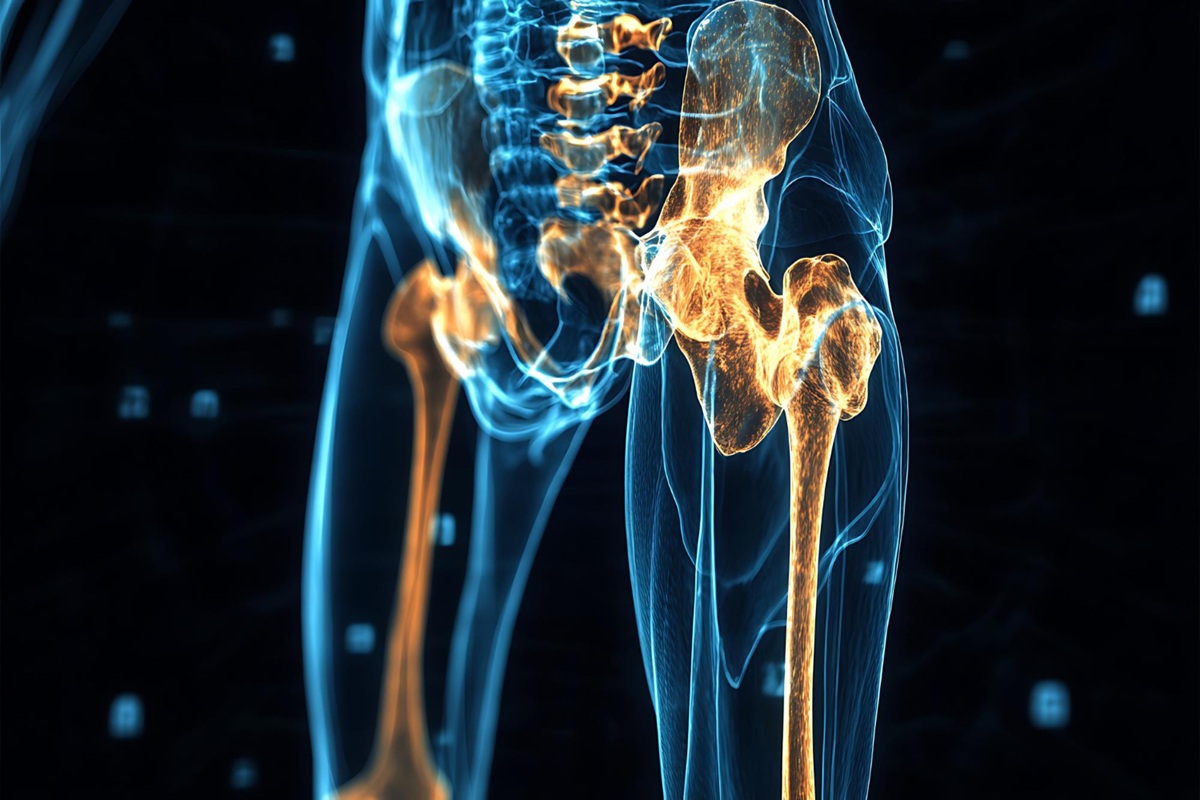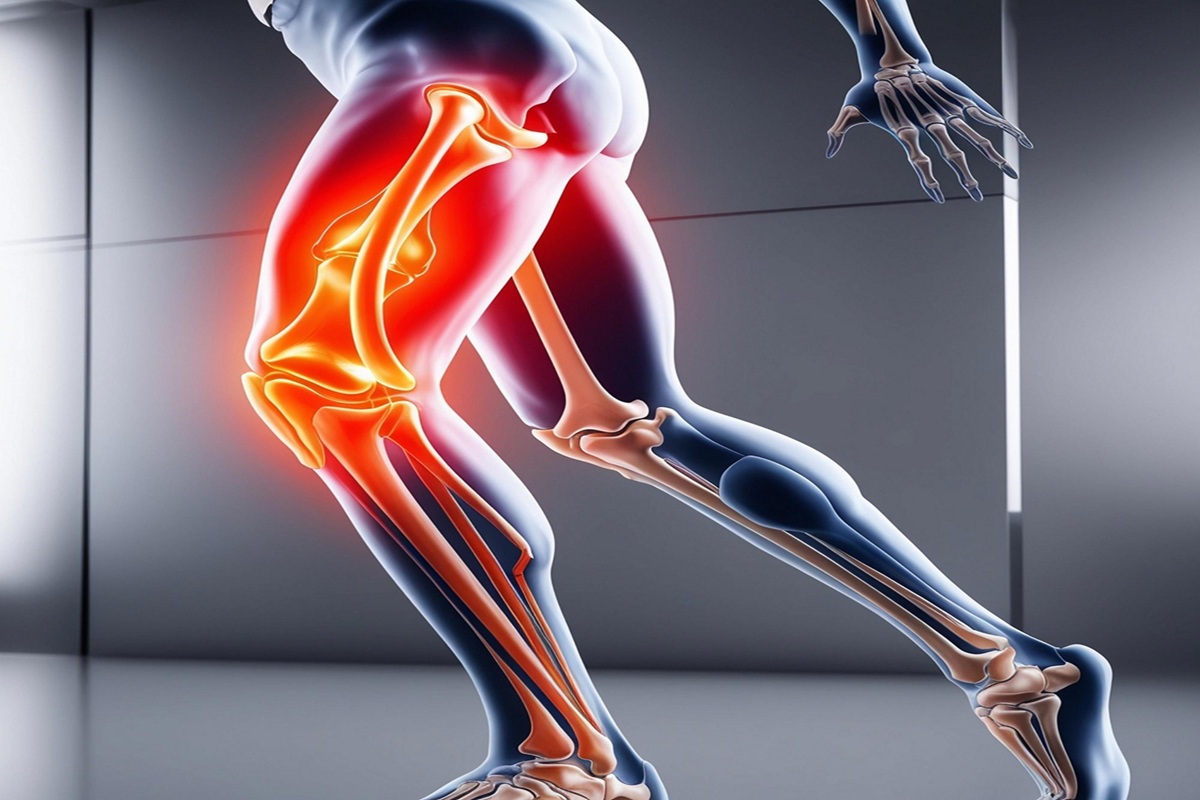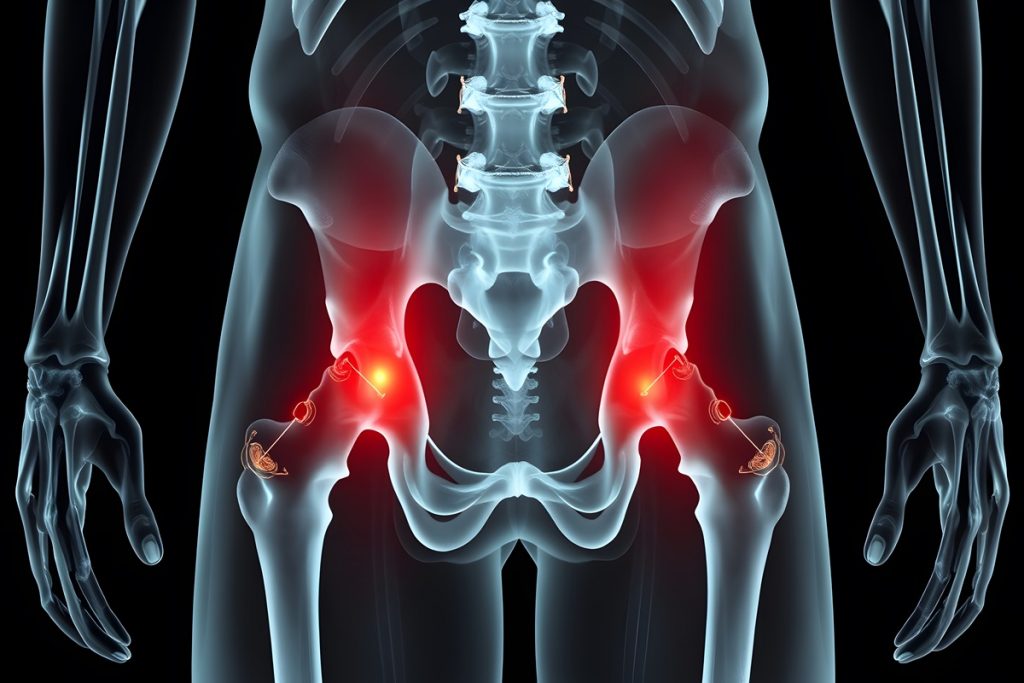Hip labral tears are a significant cause of hip pain, limiting daily activities like walking, sitting, and exercising, and often requiring dedicated labral tear hip treatment to restore mobility and comfort. Whether the tear results from injury, repetitive motions, or degenerative conditions, understanding the causes and treatment options is essential for anyone experiencing hip pain or hip instability. Treatment options range from physical therapy and activity modification to surgical interventions, depending on the tear’s severity and the patient’s lifestyle needs.
Overview of Hip Labral Tears
Hip labral tears are a common source of hip pain and limited mobility, impacting everyday tasks and athletic performance alike. This section explores what a hip labral tear is, its symptoms, and the underlying causes and risk factors.
What is a Hip Labral Tear?
The hip labrum is a ring of cartilage that lines the outer rim of the hip joint’s socket, providing stability and a smooth range of motion. A hip labral tear occurs when this cartilage is damaged or frayed. This type of injury is common among athletes, especially those involved in sports with high-impact movements like running, soccer, or hockey. However, hip labral tears can also develop in people with structural abnormalities in the hip, known as femoroacetabular impingement (FAI).
The hip labrum serves multiple essential functions, such as absorbing shock, lubricating the joint, evenly distributing pressure, and stabilizing the hip. When damaged, the labrum’s impairment can contribute to the development of osteoarthritis in the hip joint. Because of these vital roles, a tear in the labrum often leads to instability in the hip and contributes to pain and limited movement in daily activities.
Labral tears are typically classified by their location within the hip joint. Anterior hip labral tears occur at the front of the hip and are often caused by repetitive hip flexion, contact sports, or improper positioning of the hip during movement. These types of tears are more common due to the stresses placed on the front of the hip during activities that require frequent bending or high-impact motion. In contrast, posterior hip labral tears are less common and tend to be associated with activities involving twisting motions or underlying hip instability, which can place strain on the back of the joint and contribute to tearing.
Common Symptoms of a Hip Labral Tear
Hip labral tears can be highly disruptive to an active lifestyle and may increase the risk of developing osteoarthritis if left untreated. Symptoms of a hip labral tear can vary, but many experience:
- Groin pain: This is the most commonly reported symptom and is often aggravated by activities such as walking, sitting, or hip flexion.
- Clicking or locking sensation: A catching feeling in the joint can indicate labral instability.
- Reduced range of motion: Difficulty moving the hip through its full range can limit daily activities.
- Hip instability: Feeling of hip joint dislocation or weakness, especially during dynamic movements.
A comprehensive review by Groh and Herrera in 2009 found that labral tears are present in 22-55% of individuals experiencing hip or groin pain, indicating a strong association between these tears and hip discomfort. This statistic underscores the importance of recognizing labral tears as a potential source of hip pain, especially for those with lingering symptoms.
Causes and Risk Factors of Hip Labral Tears
Hip labral tears often result from a mix of physical activity, repetitive movements, or structural issues within the hip. Several factors can lead to a hip labral tear, including:
- Sports activities and traumatic injuries: Contact sports and activities that involve twisting motions increase the risk of traumatic injuries to the hip, often resulting in a tear.
- Repetitive motions and athletic technique improvement: Overuse injuries from repetitive motions or improper technique can stress the labrum over time.
- Structural abnormalities like hip dysplasia and femoroacetabular impingement (FAI): Conditions like hip dysplasia and hip impingement cause improper joint alignment, leading to increased wear on the labrum.
- Degenerative conditions: Wear-and-tear from aging, which can break down articular cartilage and lead to chronic labral tears.
Understanding these risk factors is important for both treatment and prevention of further joint damage.
Diagnosing a Hip Labral Tear

Accurate diagnosis is crucial in developing a treatment plan for labral tears of the hip, as the symptoms can overlap with other conditions like hip impingement or osteoarthritis. Diagnostic methods help to determine the severity of the tear and provide insight into the most effective labral tear hip treatment options.
Physical Exams and Imaging Tests
The diagnostic process usually begins with a physical exam, where your doctor will test your hip’s range of motion and apply gentle pressure to identify pain points. Specialized tests, such as the Faber test and Fadir test, are used to identify pain related to hip flexion and rotation, commonly associated with labral tears.
Imaging tests are essential in diagnosing hip labral tears, as they provide a detailed view of both bone and soft tissue structures. An X-ray is often the first imaging method used to identify structural issues such as hip dysplasia or hip impingement, which may contribute to labral tears. For a more detailed look at the soft tissue, an MRI is typically employed to help doctors assess the extent of labral damage. In some cases, Magnetic Resonance Arthrography (MRA), often considered the gold standard for detecting labral tears, is performed by injecting a contrast dye into the hip joint to enhance visibility of the soft tissue. Additional imaging techniques, like a CT scan or Dgemric scan, may also be used, especially when planning surgical interventions or assessing the condition of articular cartilage.
Role of MRI and Anesthetic Injections
An MRI with contrast dye is often preferred for detecting labral tears because it can reveal detailed images of soft tissue damage. In cases of diagnostic uncertainty, an ultrasound-guided injection of anesthetic may be used; if pain is relieved, this suggests the labrum as the source of discomfort.
When to Seek a Specialist
Consulting a specialist, such as those at a hip preservation center or child and young adult hip preservation program, is recommended if symptoms are persistent or severe. Specialists can offer both nonsurgical and surgical hip dislocation treatments and discuss treatment options tailored to specific conditions like anterior and posterior labral tears.
Treatment Options for Hip Labral Tears
Treating a hip labral tear involves a range of approaches, from conservative nonsurgical methods to minimally invasive procedures. Understanding the treatment for labral tear of hip is essential, as these options can help manage symptoms and restore hip function. In this section, we’ll discuss various labral tear hip treatment options that are effective for different severity levels of injury.
Nonsurgical Treatment Approaches
For many patients, nonsurgical treatments are effective at reducing pain and restoring mobility. The best treatment for a torn hip labrum will depend on the severity and type of tear and may involve the following approaches:
- Medications and Pain Management: Pain management begins with anti-inflammatory medications like NSAIDs to reduce swelling and relieve pain. Corticosteroid injections or biologic injections (like platelet-rich plasma) may also be administered to help with symptom relief, especially if pain persists.
- Physical Therapy for Hip Labral Tears: Physical therapy services are often integral to managing hip labral tears, focusing on range of motion improvement, muscle strengthening exercises, and activity modification. Nonsurgical treatments, including physical therapy and activity modification, are often highly effective in providing treatment for labral tear of hip and relieving pain for mild to moderate tears.
Surgical Interventions
For severe tears or cases where nonsurgical treatments are ineffective, the best treatment for labral tear in hip may be surgery, which can effectively restore function and improve range of motion. Hip labral tear repair surgery can be performed through minimally invasive procedures, including hip arthroscopy or arthroscopic surgery, where small incisions are made to access and repair the tear.
- Hip Labral Tear Repair Surgery: Surgical options for hip labral tears include labral repair, where the torn labrum is sewn together, and labral reconstruction, which uses grafts to replace damaged tissue. For hip dysplasia cases, periacetabular osteotomy (PAO) repositions the hip socket to reduce labral stress and prevent future tears.
- Recovery Process and Rehabilitation:Post-surgery, recovery may involve crutches to reduce weight-bearing, outpatient physical therapy for guided exercises, and activity modification to ease back into daily activities. Physical therapy focuses on muscle strength, labrum stabilization, and symptom relief, with a gradual return to sports activities.
Can a Hip Labral Tear Heal on Its Own?
For those hoping to avoid surgery, understanding whether a hip labral tear can heal naturally is crucial. Here, we’ll look at the factors that impact natural healing and when it may be time to consider surgical options.
Factors That Affect Natural Healing
Although minor tears may improve with conservative measures, most labral tears do not fully heal without treatment. Factors such as age, activity level, and the severity of the tear all play a role. Hip impingement and hip dysplasia may complicate natural healing and require surgical intervention.
When to Consider Surgery
If symptoms persist despite nonsurgical treatments, or if the tear is significant, surgical options like minimally-invasive hip arthroscopy or hip replacement surgery may be necessary to improve range of motion and prevent further joint damage.
Recovery and Long-Term Outlook
Recovering from a hip labral tear requires a combination of time, therapy, and proper rehabilitation. This section provides an overview of the recovery timeline, essential exercises, and preventive measures for a healthy, active future.
Expected Recovery Timeline
Recovery varies depending on the treatment, ranging from weeks for nonsurgical treatments to several months for surgery. With surgical repair, most patients regain function within 3-6 months and can gradually resume normal activities.
Rehabilitation Exercises and Physical Therapy
Rehabilitation exercises and physical therapy are vital for a full, long-term recovery from a hip labral tear. Physical therapy focuses on improving range of motion to restore hip flexibility, strengthening the hip joint to provide support and reduce the risk of reinjury, and refining athletic techniques with a therapist to correct movement patterns and prevent future injuries.
Tips for Preventing Future Hip Injuries

Preventative measures include warm-up exercises, a clutter-free environment for safe mobility, and protective equipment if returning to sports. For those with structural issues, consulting with specialists on activity modification or using a cane or walker can help maintain hip health and reduce osteoarthritis risk.
At Land and Sea PT, we specialize in comprehensive and personalized physical therapy solutions that empower our patients to overcome hip labral tears and regain mobility. With a commitment to restoring function and alleviating pain, our expert team tailors each treatment plan to address the unique needs of your hip health, utilizing advanced techniques for range of motion improvement, muscle strengthening, and joint stabilization. Our therapists are skilled in managing both nonsurgical and post-surgical recovery, guiding you through every step with the latest in hip rehabilitation practices. Ready to take the first step toward recovery? Request an appointment today, and discover how our approach can help you live an active, pain-free life.
Conclusion
A hip labral tear can disrupt daily life, but effective labral tear hip treatment options are available, including nonsurgical treatments, physical therapy, and surgical solutions. By understanding the role of physical therapy services, activity modification, and the potential need for surgical intervention, individuals can regain mobility, strength, and comfort in the hip joint.
FAQs
Can a labral tear in the hip heal itself?
In minor cases, conservative treatment may relieve symptoms, but complete healing without intervention is rare.
Is it okay to walk with a hip labral tear?
Walking may be possible with a minor tear, but it’s essential to monitor pain levels and use aids like a cane if needed.
What is the best treatment for a torn hip labrum?
The best treatment depends on the severity; physical therapy and activity modification work well for mild cases, while surgery may be best for severe tears.

